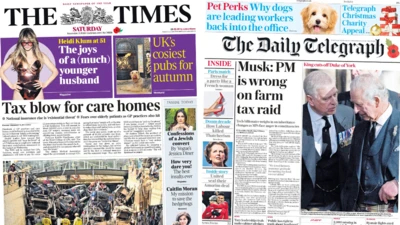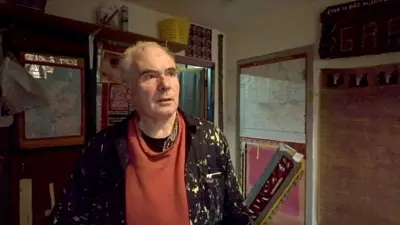We've updated our Privacy and Cookies Policy
We've made some important changes to our Privacy and Cookies Policy and we want you to know what this means for you and your data.
North America's big freeze seen from space
Satellite images have captured the progress of the big freeze that has gripped the United States and Canada, plunging many states into unfamiliar freezing temperatures.
2 January 2014
New Year brought a massive winter storm to the eastern coast. Forecasters warned of very cold temperatures, blizzards and dangerous wind chills of down to -48C (-55F).
Image source, NASA/NOAA
3 January
As the storm hit it brought up to 24 inches (61cm) of snow to some areas. The storm closed schools, roads, and airports, and more than 2,000 flights were cancelled. The National Weather Service predicted an Arctic blast would follow.
Image source, NASA
4 January
The most extreme arctic blasts, blamed on a shift in the weather pattern known as the "polar vortex", sent colder air further south than usual.
Image source, NASA
6 January
The polar blast threatened crops and livestock across the American farm belt, even in the usually temperate Deep South. The freeze was expected to reach as far south as Texas and central Florida, the National Weather Service said. Embarrass, Minnesota, experienced the lowest temperature in the nation on Tuesday: -37C (-35F), colder than readings recently recorded on Mars by the Mars Rover.
Image source, NASA
7 January
Satellite images from 7 January show cloud off the east coast - more than 191 million are believed to have been affected by the cold weather, at least 21 have died as a result. Forecasters are now expecting the eastern US to warm a little - although some still face temperatures 15-25 degrees below average.
Image source, NASA
Top Stories
More to explore
Most read
Content is not available








